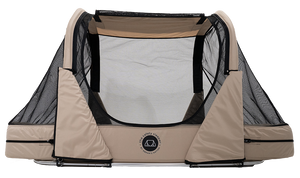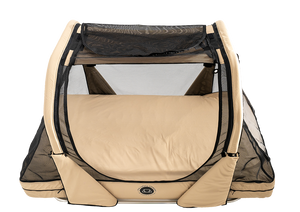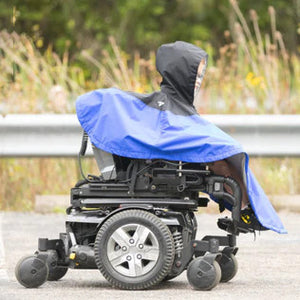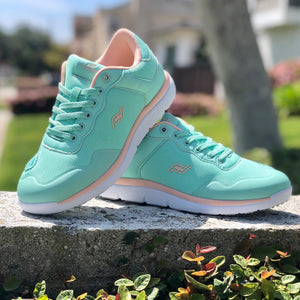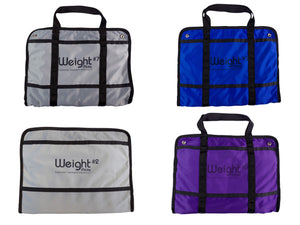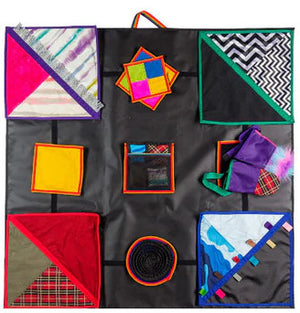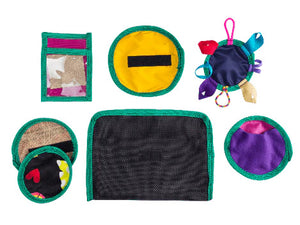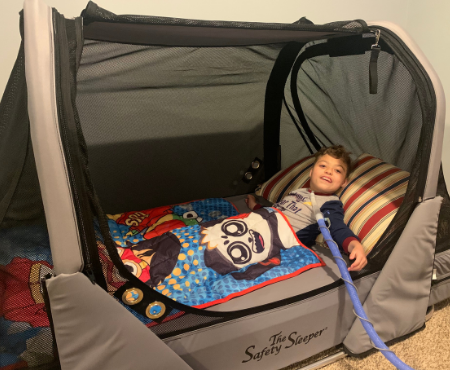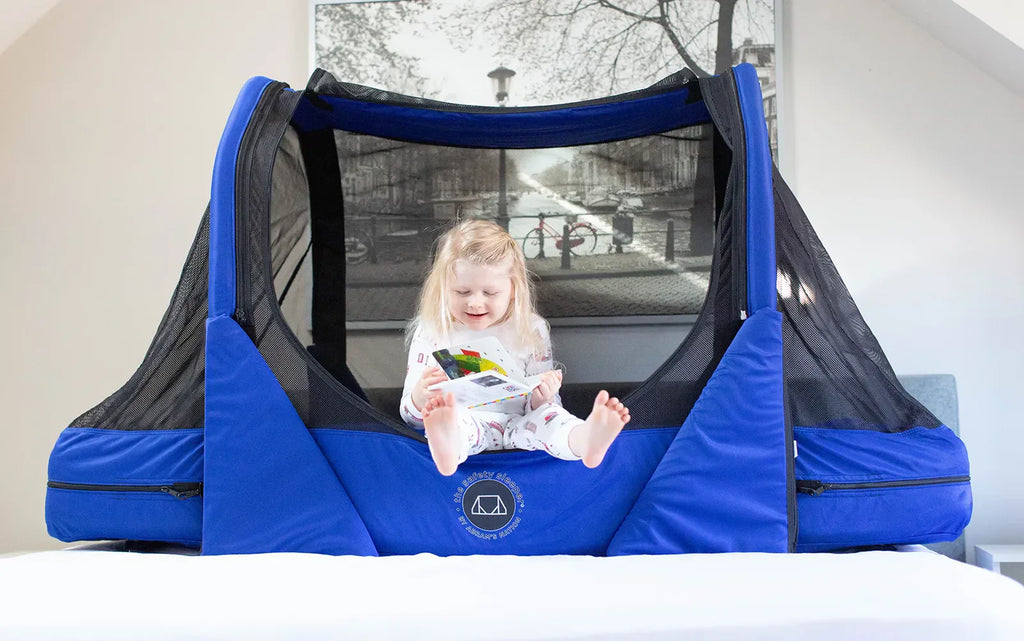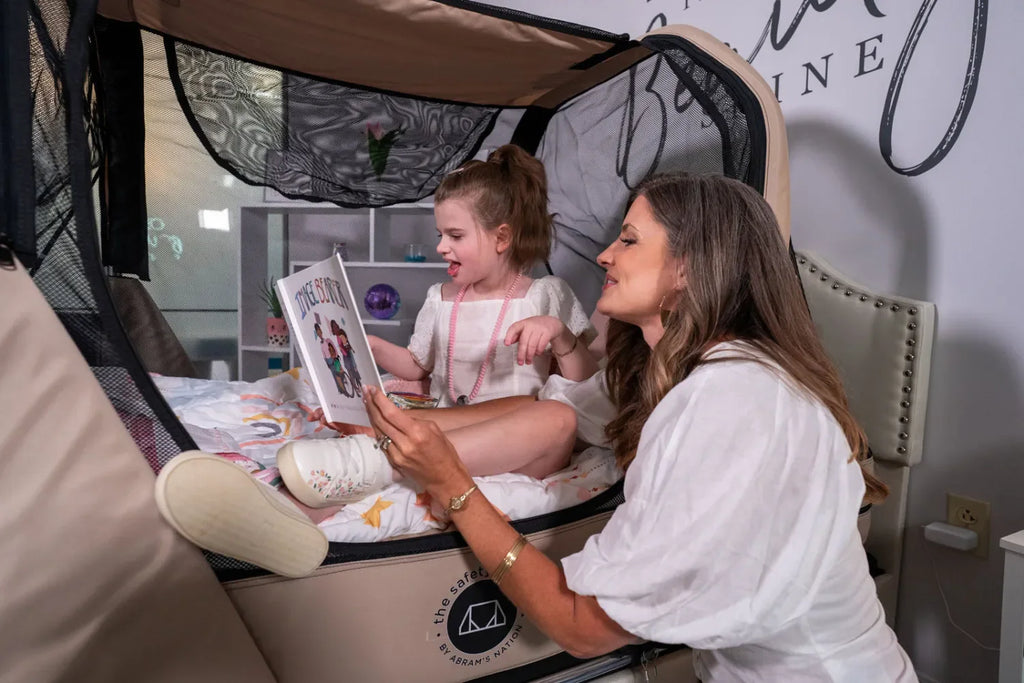Written by Aimee Robeson
One of the important questions we hear is how to obtain insurance coverage for a safety bed. The Safety Sleeper has been covered in many states through Medicaid, Medicaid HMOs, Medical Waiver and private insurance. Each state can be different, so it is important to know the insurance requirements before submitting your request for coverage.
Here is one family’s story. After seven months and three appeals, they successfully obtained insurance coverage for a safety bed for their son, and they want to share their experience to help other families navigate the process.
OUR ROAD TO INSURANCE COVERAGE
We are blessed to have insurance, but I wish I had known what to expect before seeking insurance coverage for a safety bed. My son is nine years old and was born with multiple congenital anomalies. To make a long story short, he is cognitively and physically delayed, non-verbal, has a shunt in his brain for hydrocephaly and a VNS placed for epilepsy, among other medical conditions.
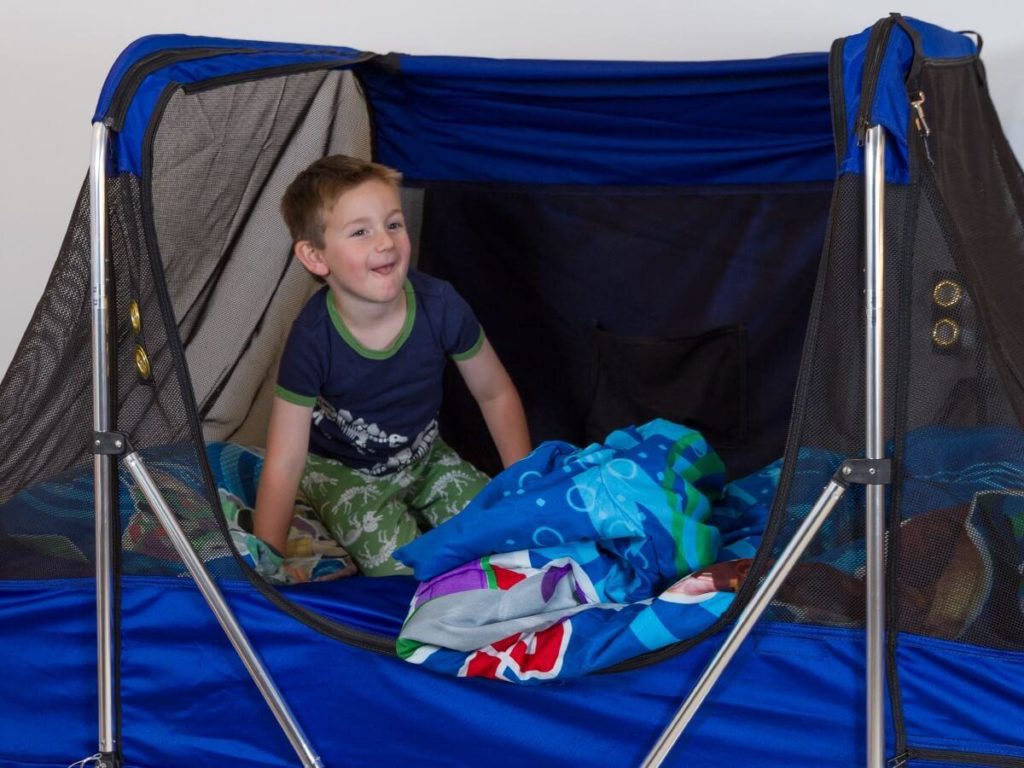
By the age of two, he needed a safety bed because he was getting too big for the crib and the way he thrashed his whole body around at night was creating a dangerous situation. We were desperate to find something quickly and had resorted to a family sized inflatable pool with a twin size mattress in it. We then filled in the gaps with every blanket and pillow we could find. This was his bed for quite some time while our fight began.
With a doctor’s prescription and letter of medical necessity, our durable medical equipment (DME) company had submitted all the necessary paperwork to get our safety bed approved. However, the insurance company was not budging. We received a letter of denial stating that our son did not meet the medical criteria for coverage. We filed a first level grievance and our pediatrician completed a peer-to-peer review with the insurance company to challenge the decision. As stated in the member handbook and verbally over the phone, the insurance company told us we could be available by phone for the first level grievance. We were not notified of the hearing and, instead, received a second denial letter. After that, we filed a second level grievance and requested a face-to-face hearing along with our lawyer. As parents, we just wanted the insurance company to understand why this safety bed was necessary to protect our son. We felt we were persuasive, but then came the third letter of denial in the mail, with statements such as:
- “He does not meet the medical criteria for coverage of this item.”
- “The inflatable pool walls could be draped with bed sheets or you can use bumper pads in the pool that would be no different than the bed you are requesting.”
- “You can just bend over and pick him up out of the pool.”
- Suggestions that he could benefit from two other beds, though we had considered those beds and knew they would not be suitable. The president of one of the companies even provided a letter stating that his product would not be the best option for my son.
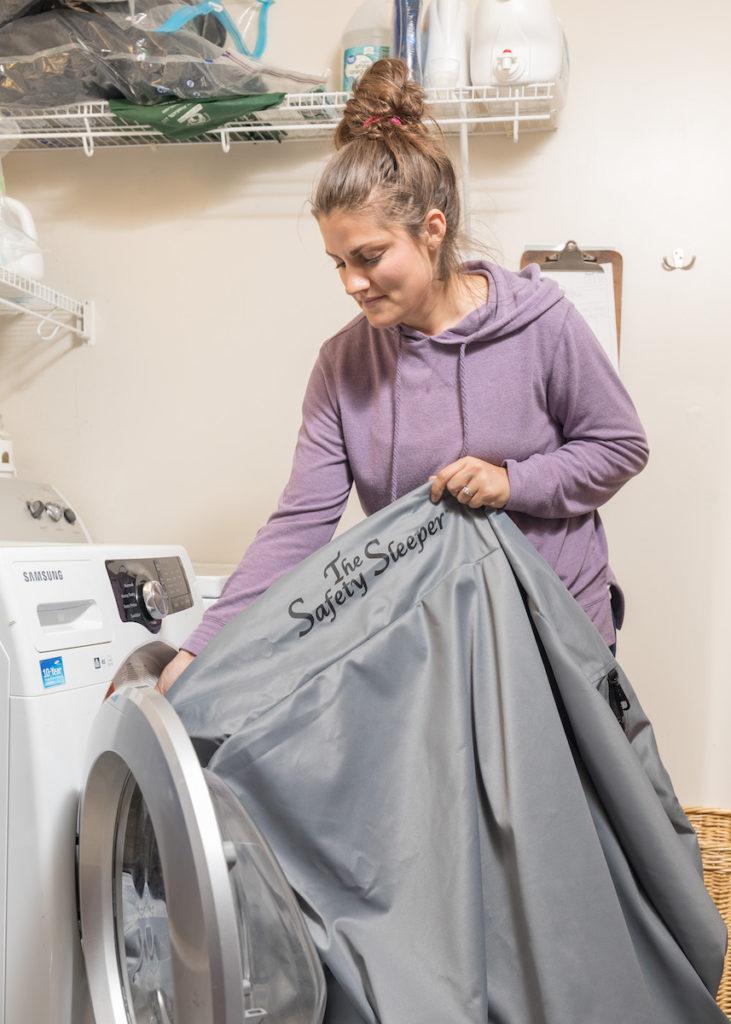
We followed this letter with a third appeal, which involved a hearing with the Department of Public Welfare. The day finally arrived and we waited patiently at the hearing, but the insurance company never showed up. We made our case to the judge, and he agreed. Thankfully, the insurance company did not appeal. Three appeals and seven months later, we had the safety bed that was best suited for our son’s medical needs.
TIPS TO OBTAIN INSURANCE COVERAGE FOR A SAFETY BED
When you go into battle, you know you can’t rush in without a plan. When seeking insurance coverage for a safety bed or other medical equipment to protect your child, take time to create the plan.
Before starting your insurance request, make sure you have your support system in place. Two of your strongest advocates throughout this process will be your child’s doctor and occupational and/or physical therapist. Discuss with them your concerns and the specific requirements for the safety bed. With the understanding of what would work best for your child, they will be prepared to write the prescription and letter of medical necessity.
The letter of medical necessity will include a description of your child’s diagnosis, the specific safety bed you are requesting, and why this particular bed is necessary to protect your child. You can support your OT/PT by letting them know what other bed options you trialed before pursuing this bed of choice and why those other bed options failed. This is key! In our case, we had trialed a traditional crib, a pack and play, and the mattress in the inflatable pool. We explained why none of these options was adequate for protecting our son.
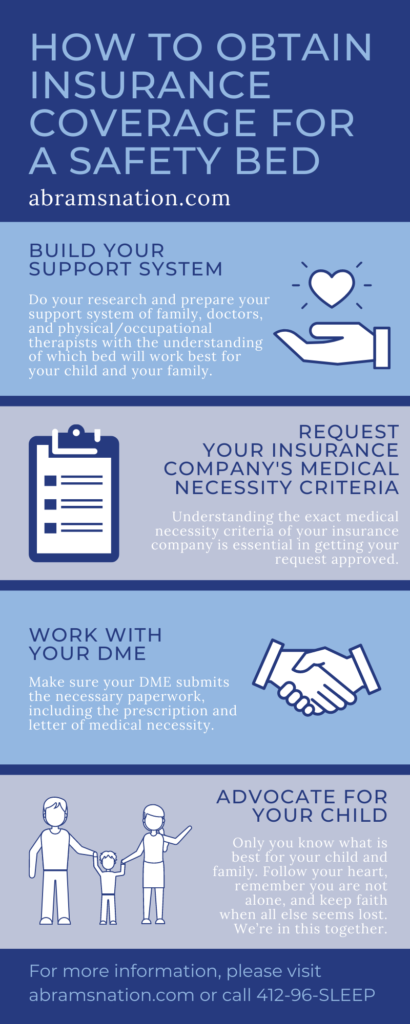
You have the right as a member to ask your insurance company for medical necessity criteria. I remember receiving our first denial stating that our son did not meet the criteria and I was yelling at the paper saying “WHAT CRITERIA?! No one gave me that list!” I was furious. I wish I had known that I could request a copy of the medical necessity criteria or other rules on which the decision will be based. You can’t win the battle if you don’t take the necessary ammunition with you.
Before going into battle, build your plan:
- Do your research and prepare your support system of family, doctors, and friends with the understanding of which bed will work best for your child and your family.
- Request your insurance company’s medical necessity criteria so that you know exactly what will be required to approve your request.
- Make sure your DME submits the necessary paperwork, including the prescription and letter of medical necessity
I hope sharing my experience can help your family obtain insurance coverage for a safety bed or other necessary medical equipment. You are not alone! As a fellow parent, I wish you success in advocating for what you know is best for your child.
If you are seeking insurance coverage for The Safety Sleeper, contact our Customer Care team to discuss resources to help with the insurance process.
Call us at 724-96-SLEEP or email customercare@abramsnation.com.
Blog written by Aimee Robeson

